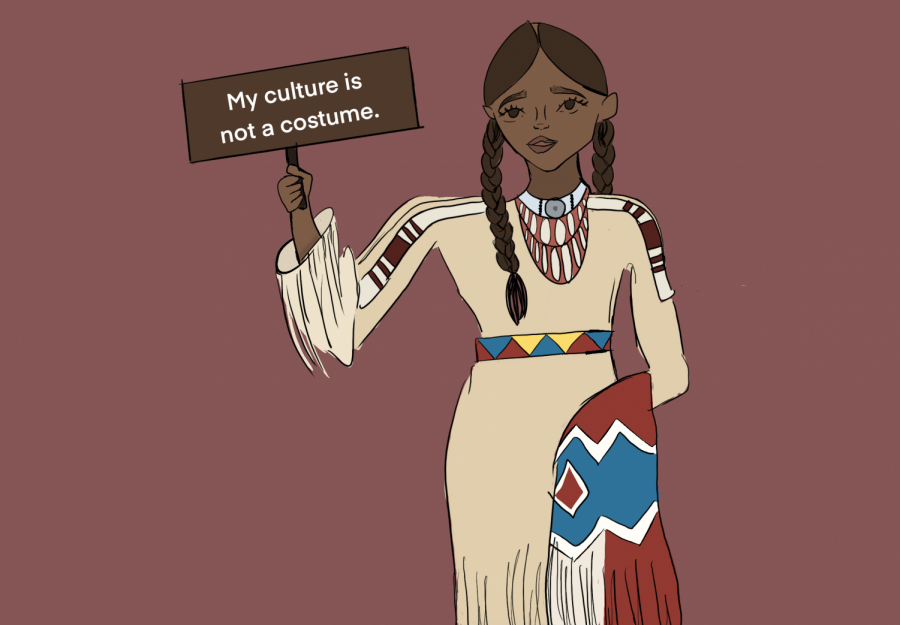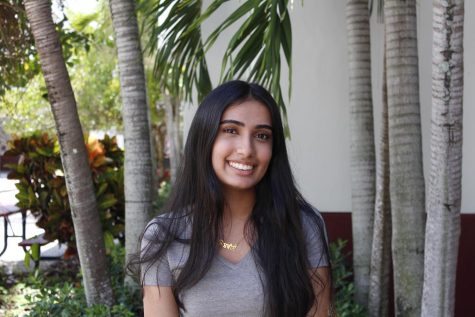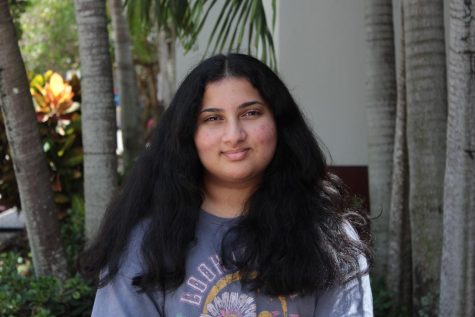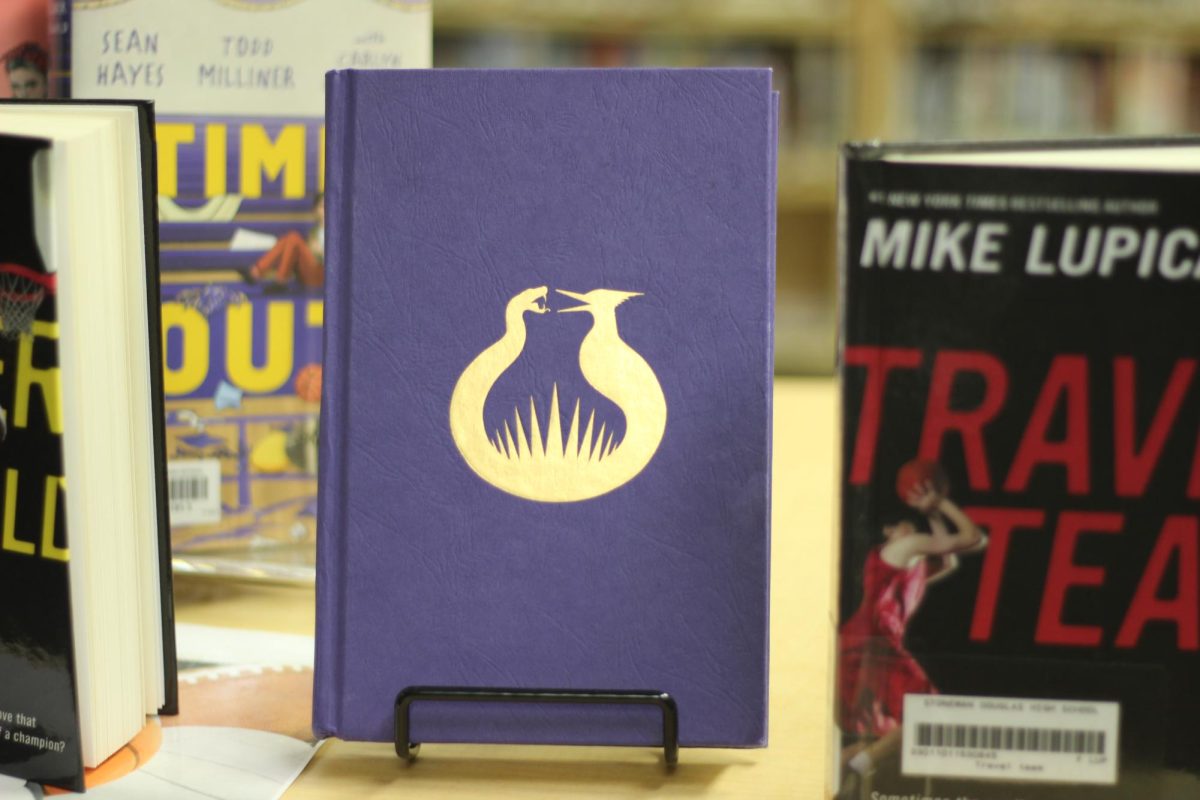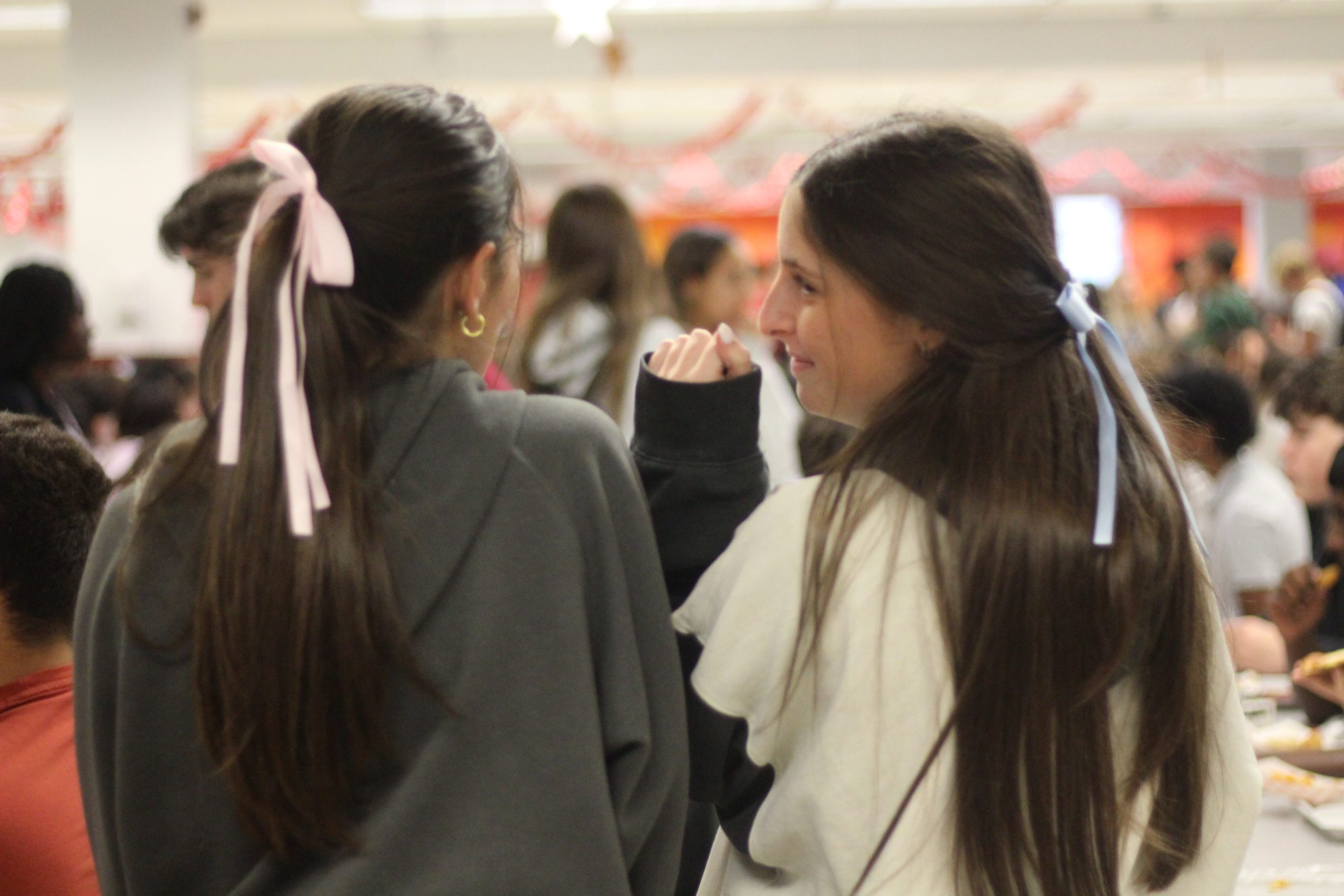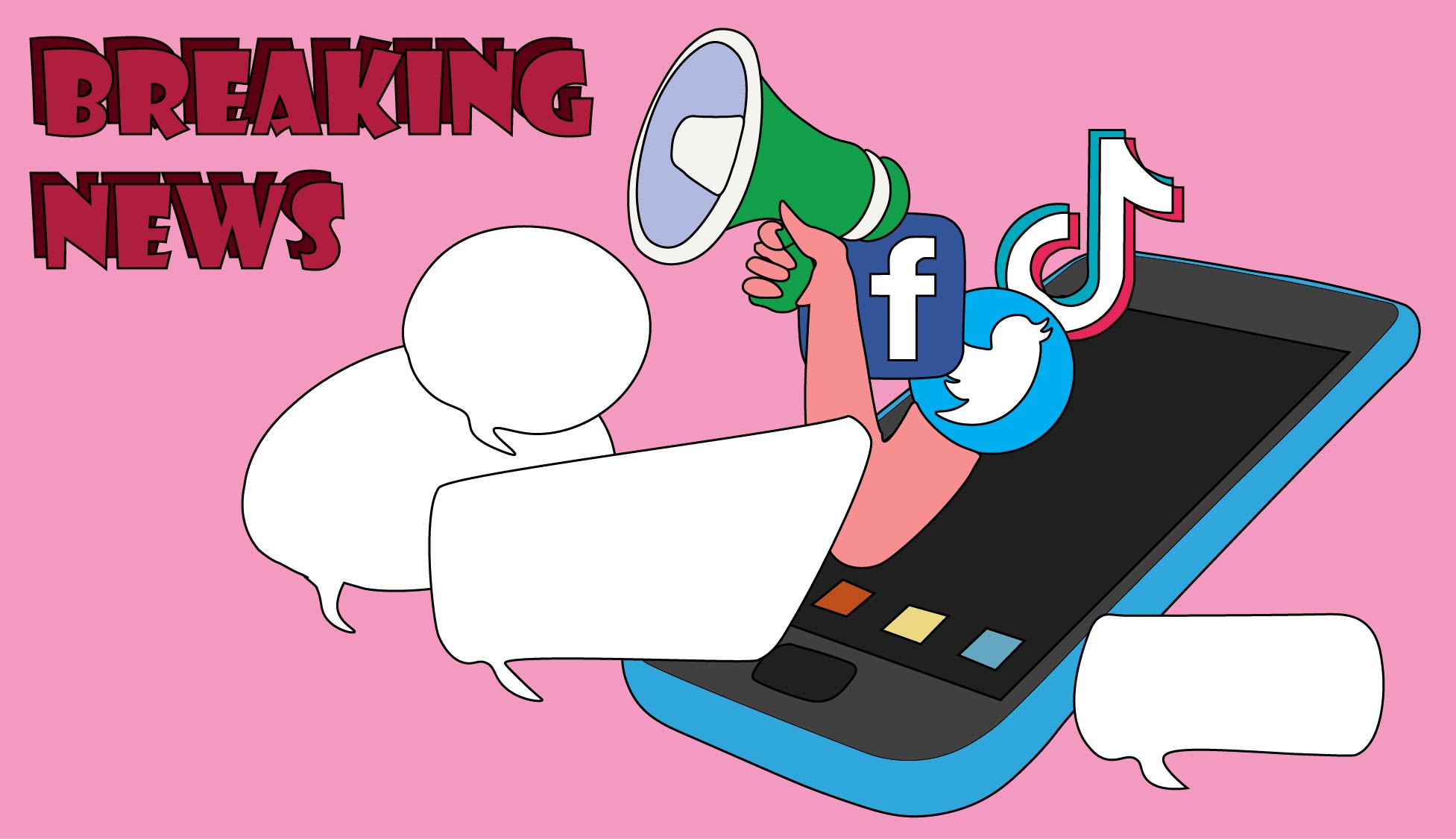[Opinion] Cultural appropriation escalates around the time of Halloween
When many people are dressing up for Halloween, cultural appropriation may be occurring.
October 23, 2021
With Halloween right around the corner, people are deciding on what they should dress up for the celebration. Costumes can range from cute, scary, gory or funny. However, multiple cases of cultural appropriation are seen through Halloween costumes.
Cultural appropriation is the inappropriate adoption of the customs, practices and ideas of one group of people by members of another, typically more dominant, group. In simpler words, it means using aspects of someone else’s culture without regard to the detrimental or offensive effects of their actions.
This can be seen in several costumes, a prime example being Disney princesses of color. Popular ones include Tiana from the “Princess and the Frog” and Jasmine from “Aladdin.” Many individuals with lighter skin will color their skin darker to “fit into the character.” Others are also seen wearing cultural clothing, such as Indian attire as a costume.
A very popular controversy in 2016 revolved around the movie “Moana” after it gained popularity from the public. Some Polynesian and non-Polynesian groups found it inappropriate to dress up like the main character Moana because it mimicked their cultural attire.
A lot of individuals spoke up when boys started dressing up as another character-Maui. The costume included a brown long-sleeve top with illustrated tattoos printed on it, which not only demonstrated Maui’s attire, but Polynesian chiefs’ as well. The costume changes the wearer’s skin color and portrays Polynesian markings. Neal Lester, an Arizona State University Project Humanities director, feels that this is wearing someone else’s identity.
The Native American community also faces a surplus of culture appropriation around Halloween season. Another popular costume idea is to dress up as Native Americans or Native American Chiefs. Henu Josephine Tarrant, a New York-based artist and performer of the Ho-Chunk, Hopi and Rappahannock tribes, explains that Halloween is a big eye roll for the Native American community. The community feels as if the holiday is an outlet for non-Native Americans to use their cultural attire as a costume and totally overlook the harm and issues they face as a minority group.
Other acts of cultural appropriation include stereotypes, like using sombreros to depict Mexicans, a bindi to represent Indians, cornrows to portray African Americans and a hijab to characterize Muslims.
Portraying blackface, which is the practice of wearing makeup to imitate the appearance of a Black person, and justifying it as an attempt to “fit in the holiday spirit,” is unacceptable.
Dressing up as a favorite character in a movie or show is okay, but a line is crossed when kids change their skin color, hair or cultural attire that does not match their own. People can wear appropriate costumes and still have an enjoyable Halloween.

